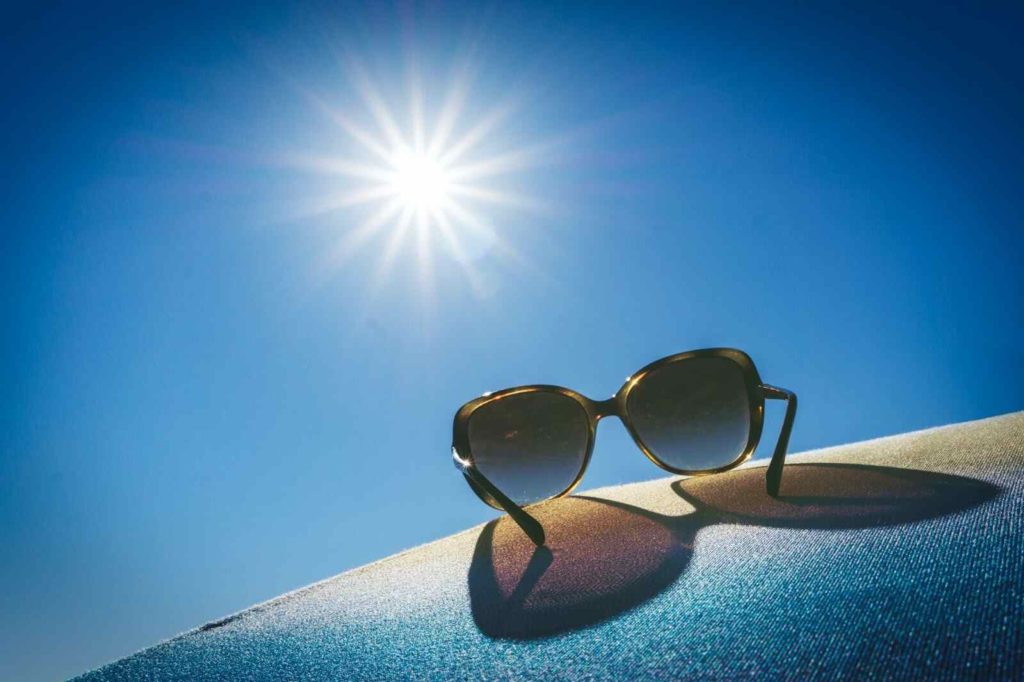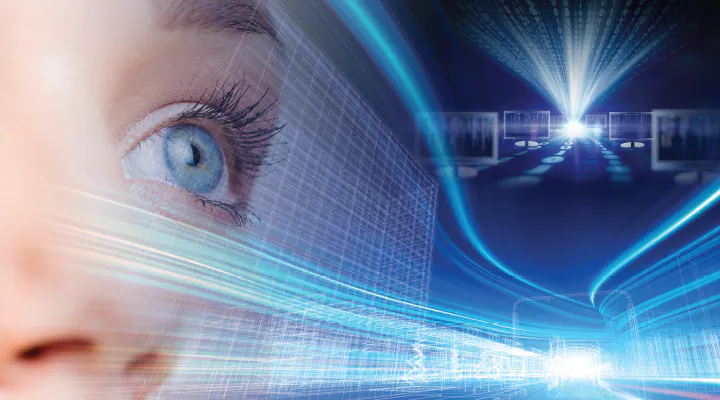Certain kinds of LED lights emit a form of blue light called UV blue. This light can penetrate the skin more deeply since it has a shorter wavelength than conventional blue light. Because of this, it works well to treat illnesses like eczema, psoriasis, and acne.
As a relatively new treatment, the effectiveness of UV blue light therapy needs to be further studied. However, preliminary research has produced encouraging findings, and it is gaining popularity as a skin disease treatment.
Always get the advice of a licenced healthcare practitioner before deciding whether UV blue light therapy is good for you.
The benefits of UV blue
The advantages of blue light may have come up recently. Digital screens on phones, TVs, and computers emit blue light, a subset of ultraviolet (UV) light. It has been demonstrated that this kind of light has a number of advantageous health impacts, including:
1. Improving Mood and Alertness
Blue light has been found in studies to boost mood and attentiveness. In a tiny study, it was discovered that office workers who had been exposed to blue light for two hours felt more attentive and productive than those who hadn’t. According to a different study, pupils who were exposed to blue light before an exam did better than those who weren’t.
2. Regulating Sleep
Additionally, blue light has been proven to control sleep. Melatonin is a hormone that our bodies create that induces sleep. Blue light exposure inhibits the formation of melatonin, which explains why you could feel more alert after staring at a screen for a while.
3. Boosting Memory and Cognition
Blue light has been found to improve memory and cognition, according to certain studies. According to one study, participants who were exposed to blue light before taking a memory test outperformed those who weren’t. According to a different study, those who were exposed to blue light after mastering a new skill were better able to recall it in the future.
4. Reducing Eye Strain
Additionally, blue light has been demonstrated to lessen eye strain. According to one study, participants who spent two hours in blue light exposure had less eye strain than those who did not.
5. Decreasing Risk of Disease
The risk of several diseases has also been demonstrated to reduce with blue light exposure. According to one study, participants who were exposed to blue light for 30 minutes had a lower risk of getting the disorder macular degeneration, which can result in blindness. According to a different study, blue light exposure can destroy microorganisms, including those responsible for acne.
Blue light may provide certain advantages, but there are also some hazards. Blue light has been linked to eye fatigue and disturbed sleep.
The dangers of UV blue
UV rays from the sun are necessary for the synthesis of vitamin D, but too much exposure can be harmful. UV radiation can harm your skin, eyes, and even cause cancer.
An example of electromagnetic radiation is UV rays. Although they cannot be seen with the naked eye, they can be damaging to the skin and eyes. The three types of UV radiation are UVA, UVB, and UVC.
The longest and most deeply penetrating UVA radiation can age the skin prematurely and cause wrinkles. Sunburns can be caused by UVB rays, which are shorter. The smallest wavelengths of light, UVC, can lead to skin cancer.
UVA photons make up the majority of UV rays that hit the earth’s surface. The ozone layer primarily absorbs UVB radiation. However, as a result of pollution and climate change, the ozone layer is thinning, increasing the amount of UVB radiation that reaches the earth’s surface.
UV radiation exposure can harm the skin, the eyes, and possibly result in cancer. Premature ageing, wrinkles, and sunburns are examples of skin damage. Cataracts and macular degeneration are examples of eye injury. Melanoma, non-melanoma, and skin cancer are all types of cancer.
You can shield yourself from UV rays in a few different ways. You can cover up with a hat, sunglasses, and sunscreen. Additionally, you can seek out shade, especially when the sun is at its fiercest during the middle of the day.
If you must be outside in the sun, wear clothes that protects your skin and reapply sunscreen every two hours. Avoid using sunlamps and tanning beds because they produce a lot of UV radiation.
Consult your doctor if you are worried about the effects of UV radiation.
Misuses of UV blue
We are well aware that ultraviolet blue light is bad for our eyes. However, did you realise that UV blue light can also be employed improperly in other situations? The following four UV blue light abuses should be avoided:
1. Exposing yourself to too much UV blue light can cause eye damage.
2. Using UV blue light to tan your skin can cause premature aging and skin cancer.
3. Contrary to popular belief, bacteria and viruses cannot be killed by UV blue light. In reality, some bacteria and viruses can become more resistant to medicines and other treatments when exposed to UV blue light..
4. Finally, UV blue light can be used for malicious purposes, such as making fake IDs orDriver’s licenses.
How to protect yourself from UV blue
Although the majority of people are aware of the risks posed by UV radiation from the sun, many are unaware that UV radiation can also be found in tanning beds, welding torches, and even some light bulbs. Exposure to UV radiation from these additional sources can result in skin cancer, just like UV radiation from the sun.

Simple steps you can take to shield yourself against UV radiation include:
Put on sunscreen: The most crucial thing you can do to shield yourself from UV rays is probably this. Choose a sunscreen that has an SPF of at least 30, and generously apply it to all exposed skin.
Wear protective clothing: Clothing can also help protect you from UV radiation. Look for clothing that has a UPF (Ultraviolet Protection Factor) rating, which indicates how well the fabric protects against UV radiation.
Avoid peak sun hours: Between 10am and 4pm, the sun’s UV radiation is at its highest. If at all possible, avoid being outside during these times.
If you can’t avoid being in the sun, try to spend as much time as you can in the shade.
Use window film to help limit the quantity of UV radiation that enters your house or place of business if you have windows that receive a lot of sun exposure.
These are just a few methods for shielding yourself from UV rays. No matter where you are, it’s crucial to take care to protect yourself against UV radiation since even if you aren’t spending time in the sun, you could still be exposed to it from other sources.
Conclusion
Our UV Blue blog series has come to an end. We sincerely hope that you have enjoyed discovering this incredible hue and all of its variations.
We started out by talking about the many kinds of blue light and how UV blue light differs from visible blue light. The many advantages of UV blue light were then discussed, including their capacity to elevate mood and energy levels, enhance cognitive performance, and even prevent seasonal affective disorder.
Additionally, we discussed the possible dangers of exposure to UV blue light and how to avoid them. We concluded by offering you a few closing remarks on UV blue light and its significance to human life.
We sincerely hope that you have enjoyed learning about UV blue light and that you will keep some of it in mind as you go about your daily activities. Keep in mind that blue light is all around us and, depending on the circumstances, it can either be helpful or destructive. Enjoy the many advantages that blue light has to offer while taking steps to protect your eyes from hazardous UV blue light exposure.

